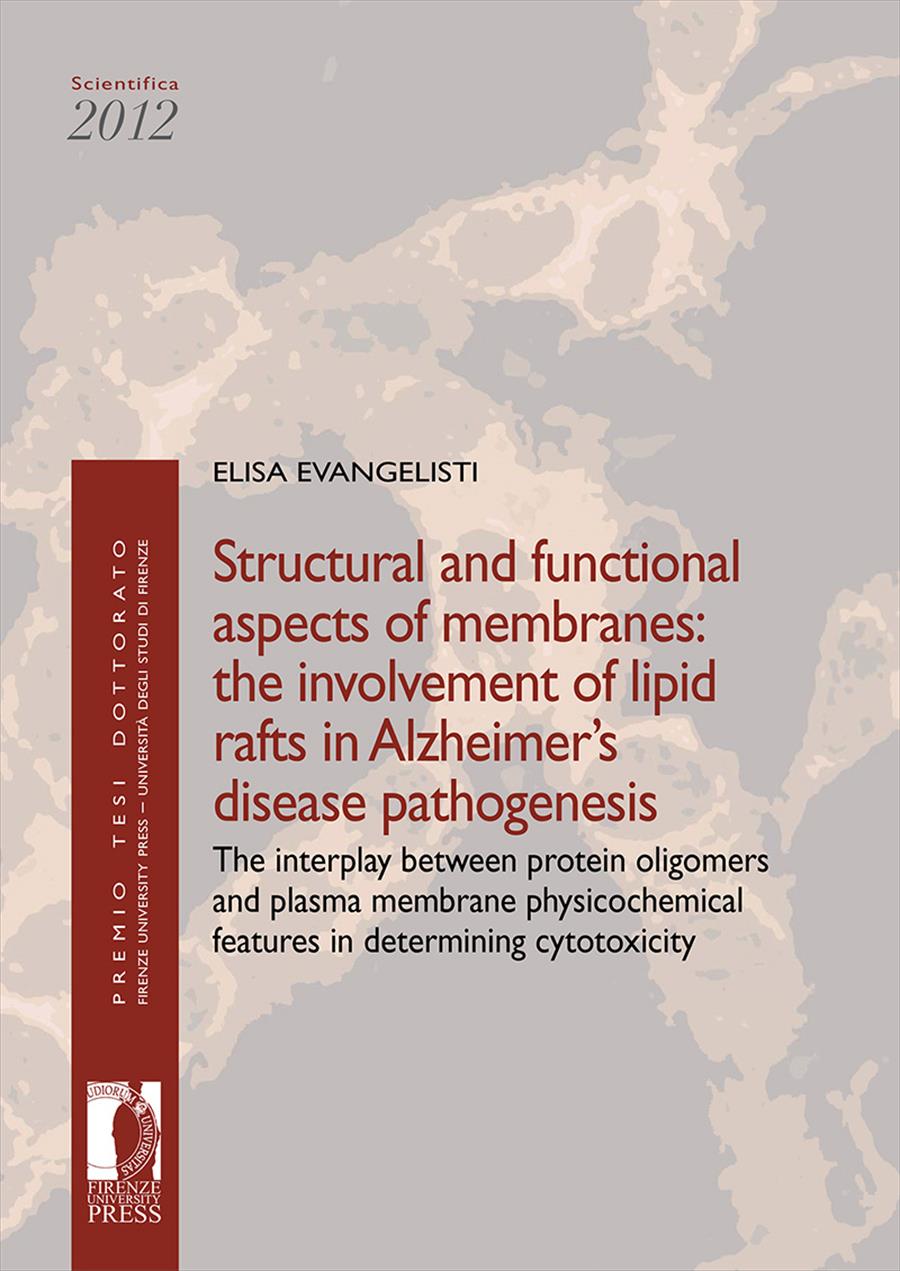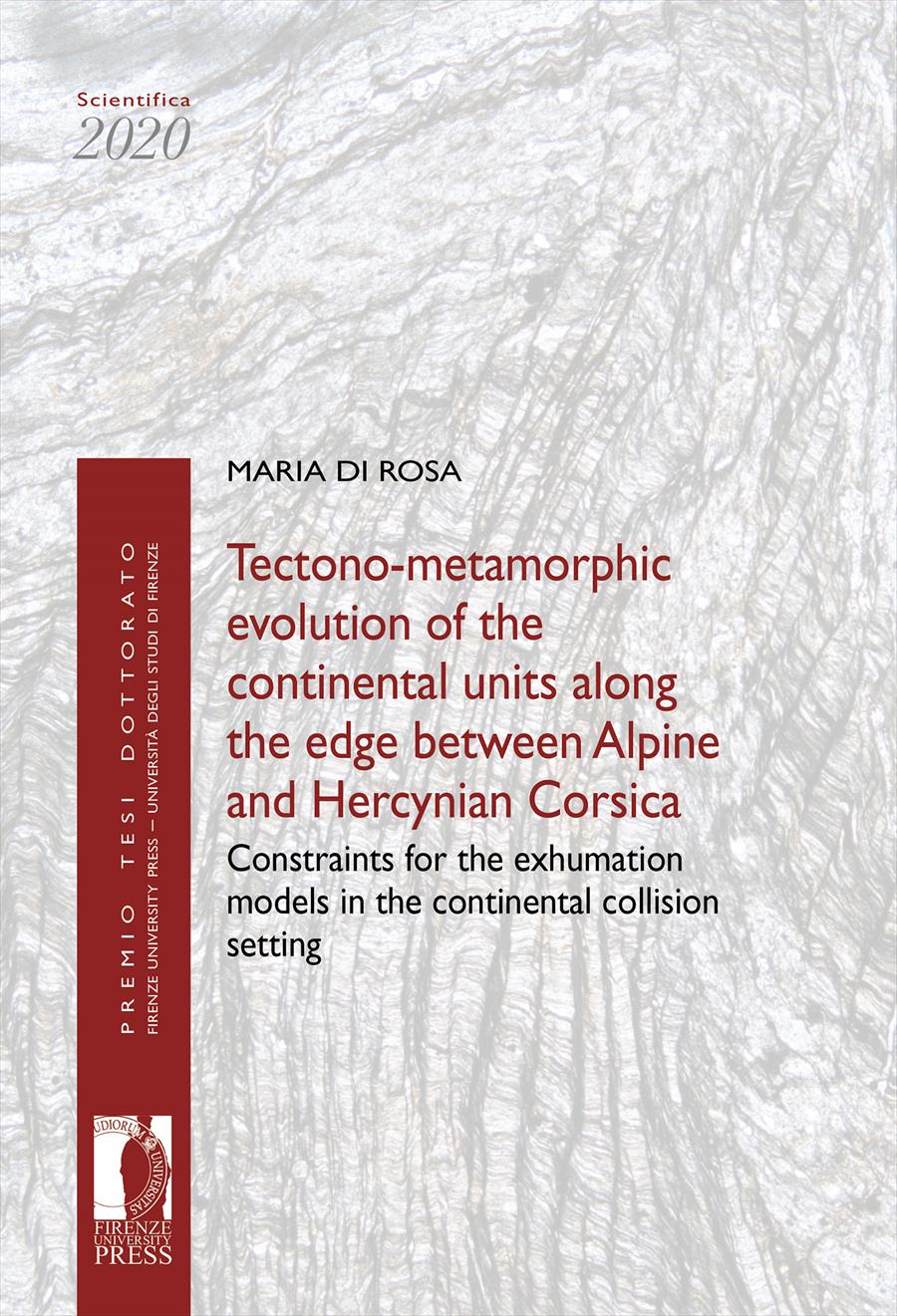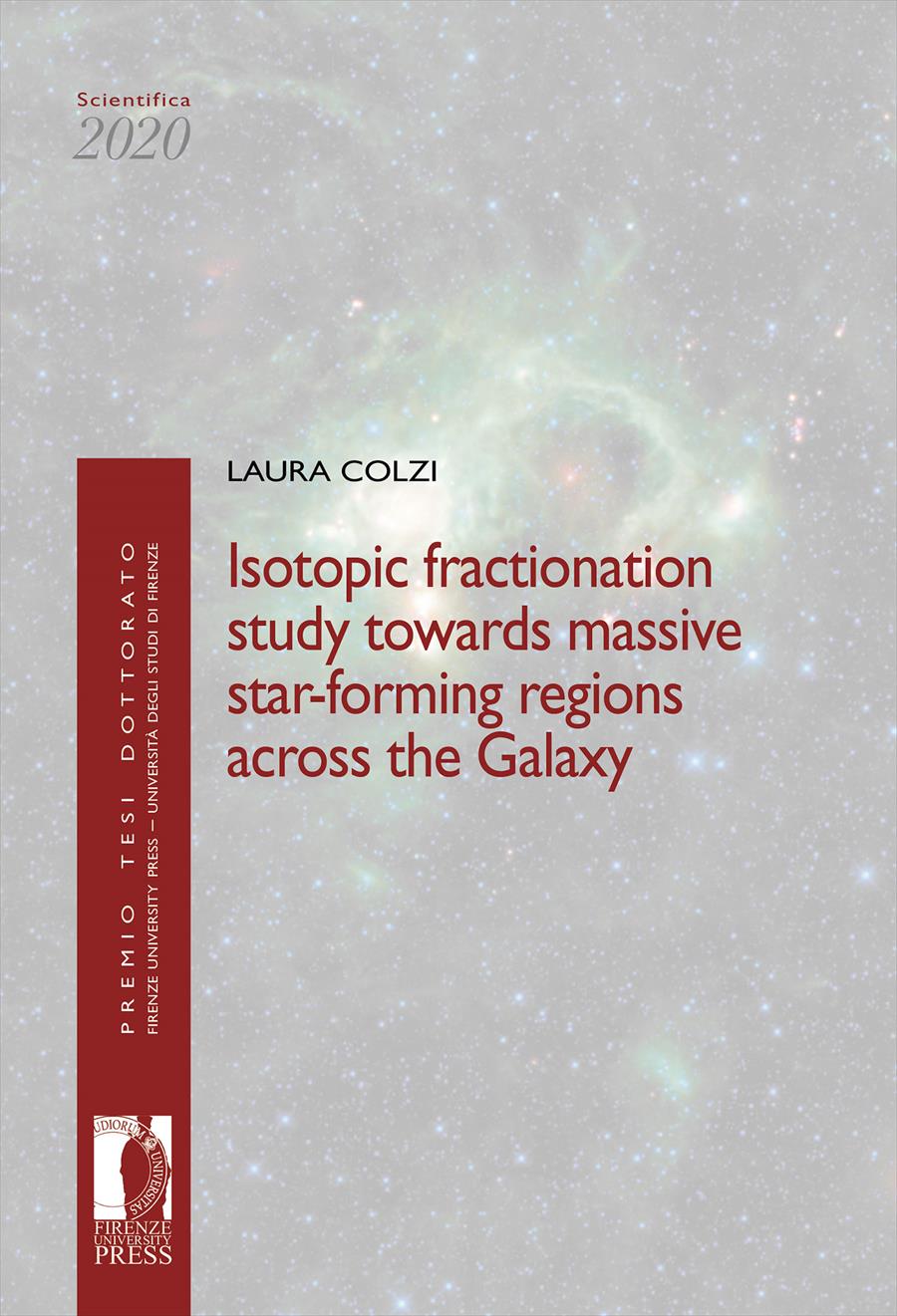Structural and functional aspects of membranes
The involvement of lipid rafts in Alzheimer’s disease pathogenesis. The interplay between protein oligomers and plasma membrane physicochemical features in determining cytotoxicity
- Elisa Evangelisti,
Alzheimer’s disease (AD) is a common form of dementia characterized by the formation of extracellular senile plaques composed of aggregated amyloid peptide (Aβ). The present studies provide evidence that: cell resistance to amyloid toxicity is related to lipid raft cholesterol content. Cholesterol and GM1, affect the susceptibility of Familial Alzheimer’s Disease (FAD) broblasts to Aβ42 oligomers in opposite ways, by modulating amyloid binding to lipid rafts and its subsequent toxic effects. The degree of toxicity of the oligomeric species results from a complex interplay between the structural and physicochemical features of both the oligomers and the cellular membrane. Neuronal differentiation of human mesenchymal stromal cells increases their resistance to Aβ42 aggregate toxicity.
- DOI: 10.36253/978-88-6655-445-5
- Series: Premio Tesi di Dottorato
- Scientific Board
- Language: English
- Subjects: Biochemistry
- Publication Year: 2013
- Pages: 152
- eISBN: 978-88-6655-445-5
- Content License: CC BY-ND 3.0 IT
- © 2013 Author(s)
- Publication Year: 2013
- eISBN: 978-88-9273-471-5
- Content License: CC BY-ND 3.0 IT
- © 2013 Author(s)
- Publication Year: 2013
- Pages: 152
- ISBN: 978-88-6655-444-8
- Content License: CC BY-ND 3.0 IT
- © 2013 Author(s)
Bibliographic Information
Book Title
Structural and functional aspects of membranes
Book Subtitle
The involvement of lipid rafts in Alzheimer’s disease pathogenesis. The interplay between protein oligomers and plasma membrane physicochemical features in determining cytotoxicity
Authors
Elisa Evangelisti
Peer Reviewed
Number of Pages
152
Publication Year
2013
Copyright Information
© 2013 Author(s)
Content License
Metadata License
Publisher Name
Firenze University Press
DOI
10.36253/978-88-6655-445-5
ISBN Print
978-88-6655-444-8
eISBN (pdf)
978-88-6655-445-5
eISBN (xml)
978-88-9273-471-5
Series Title
Premio Tesi di Dottorato
Series ISSN
2612-8039
Series E-ISSN
2612-8020






